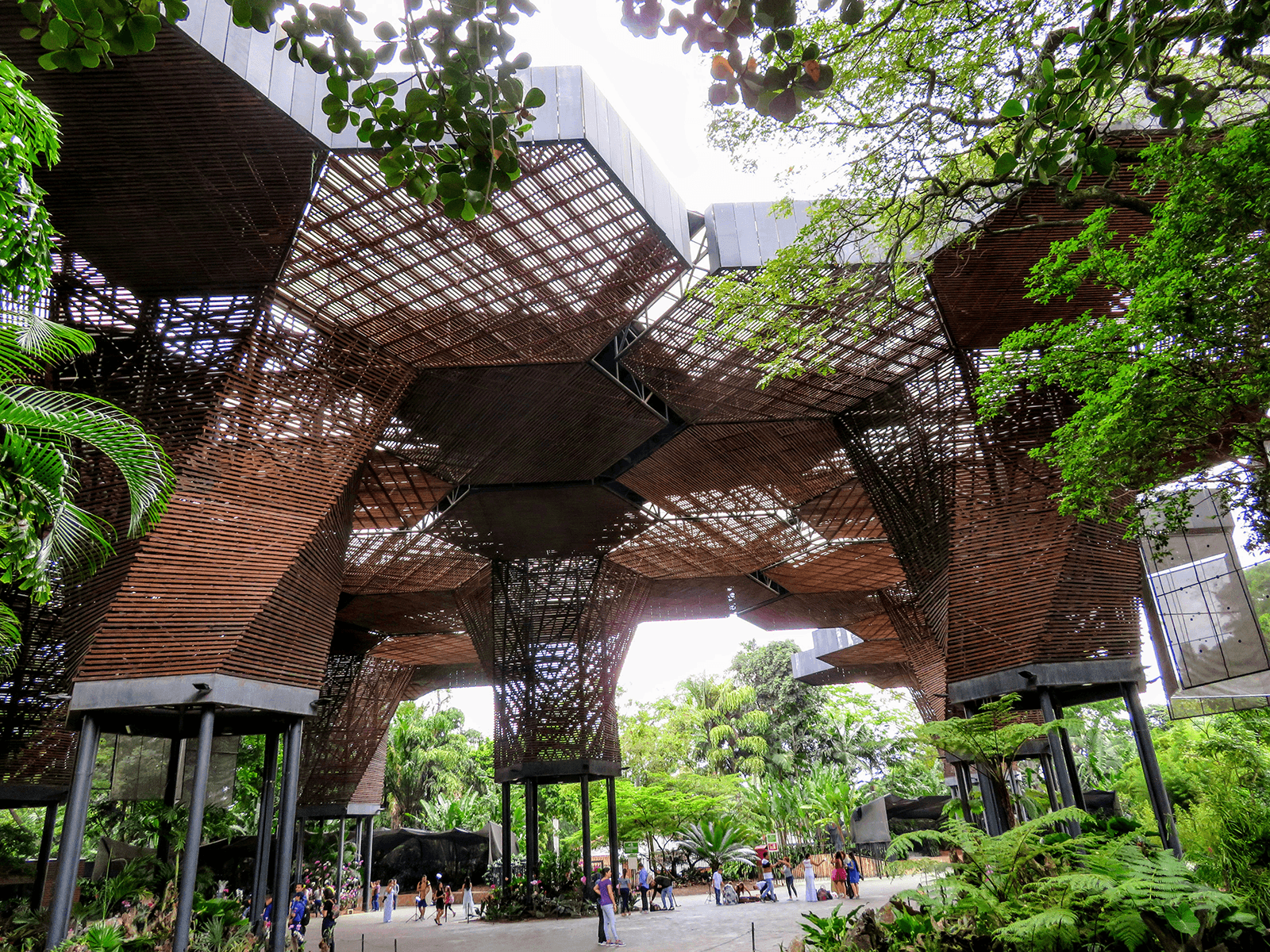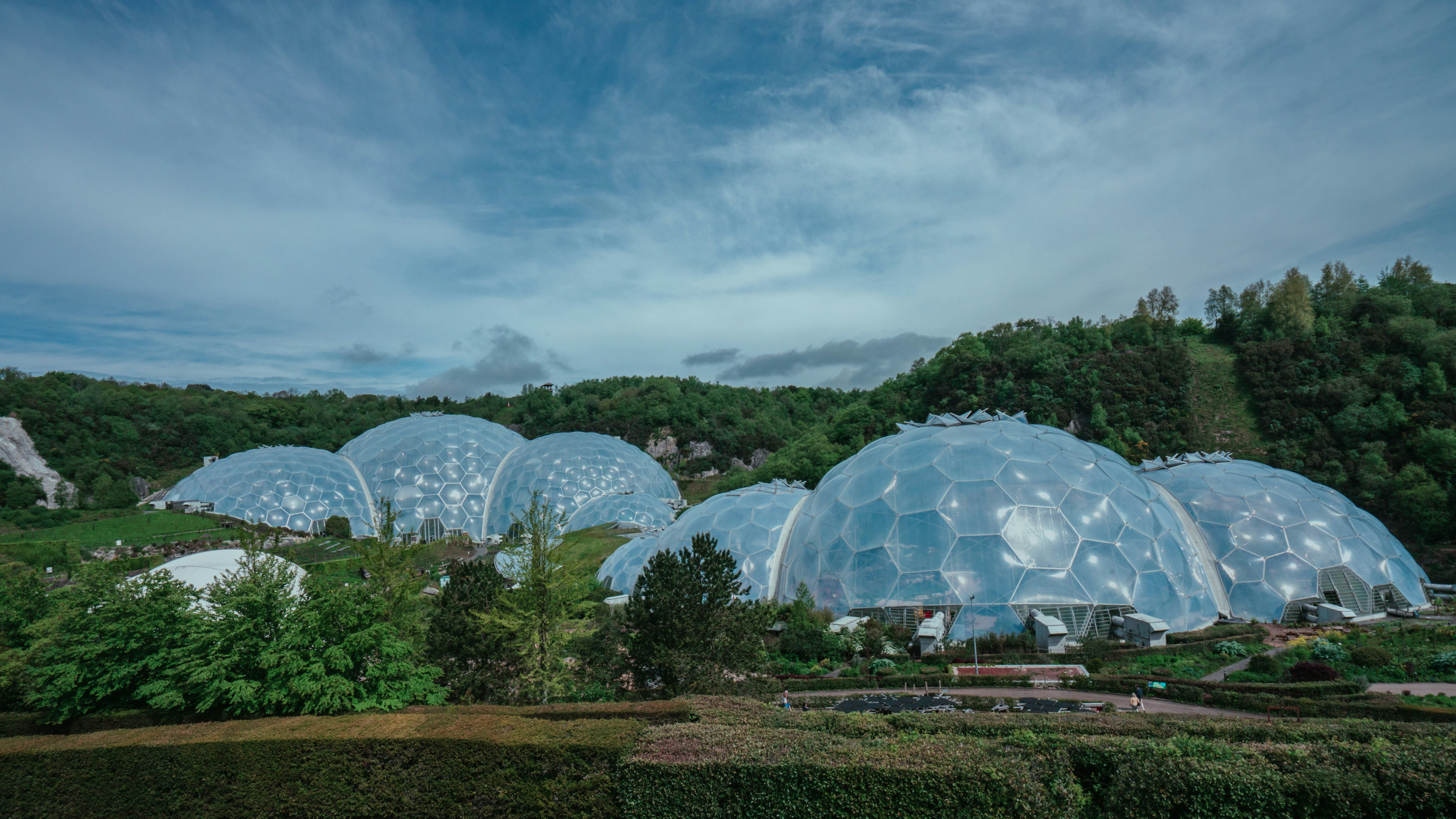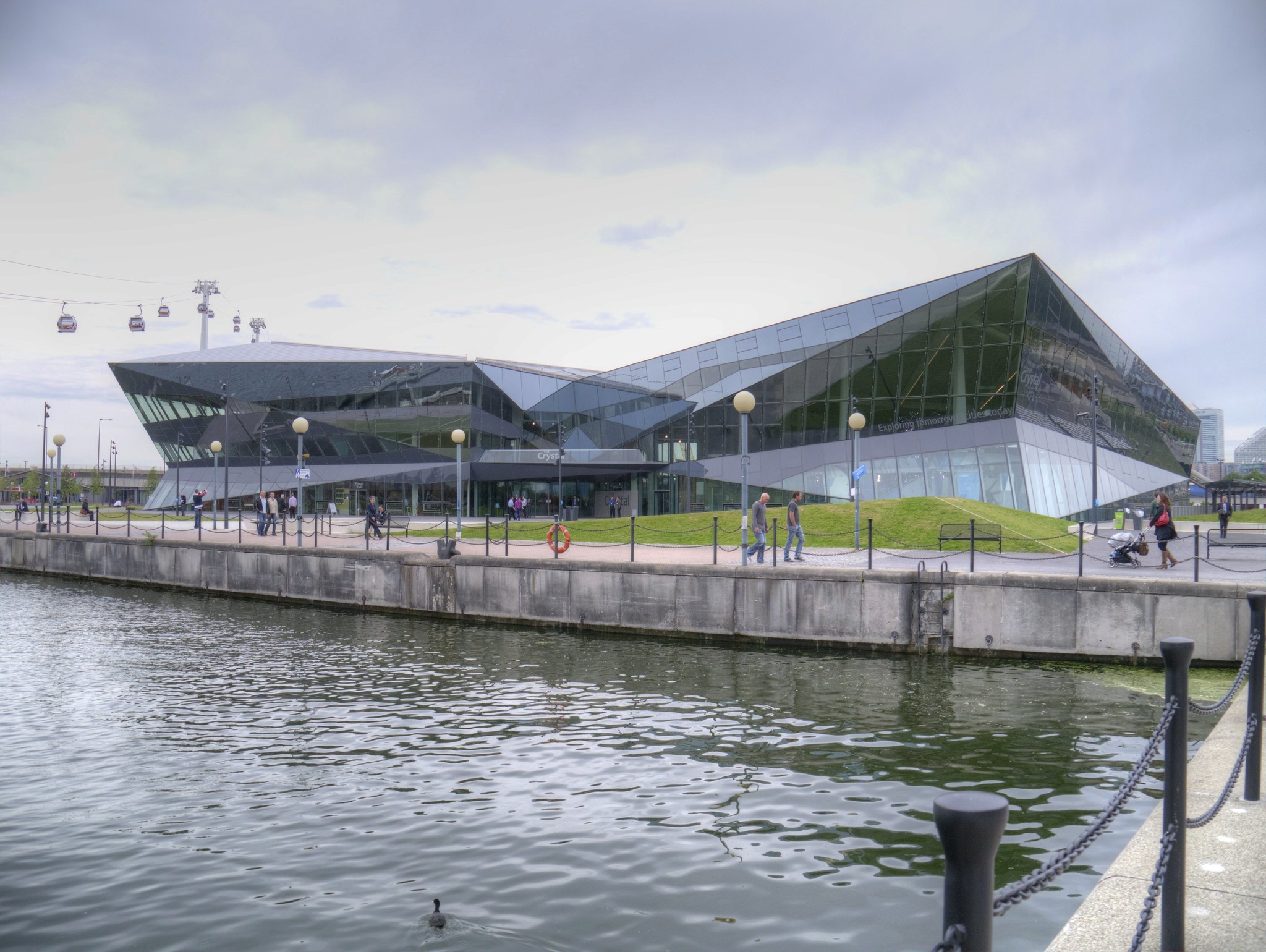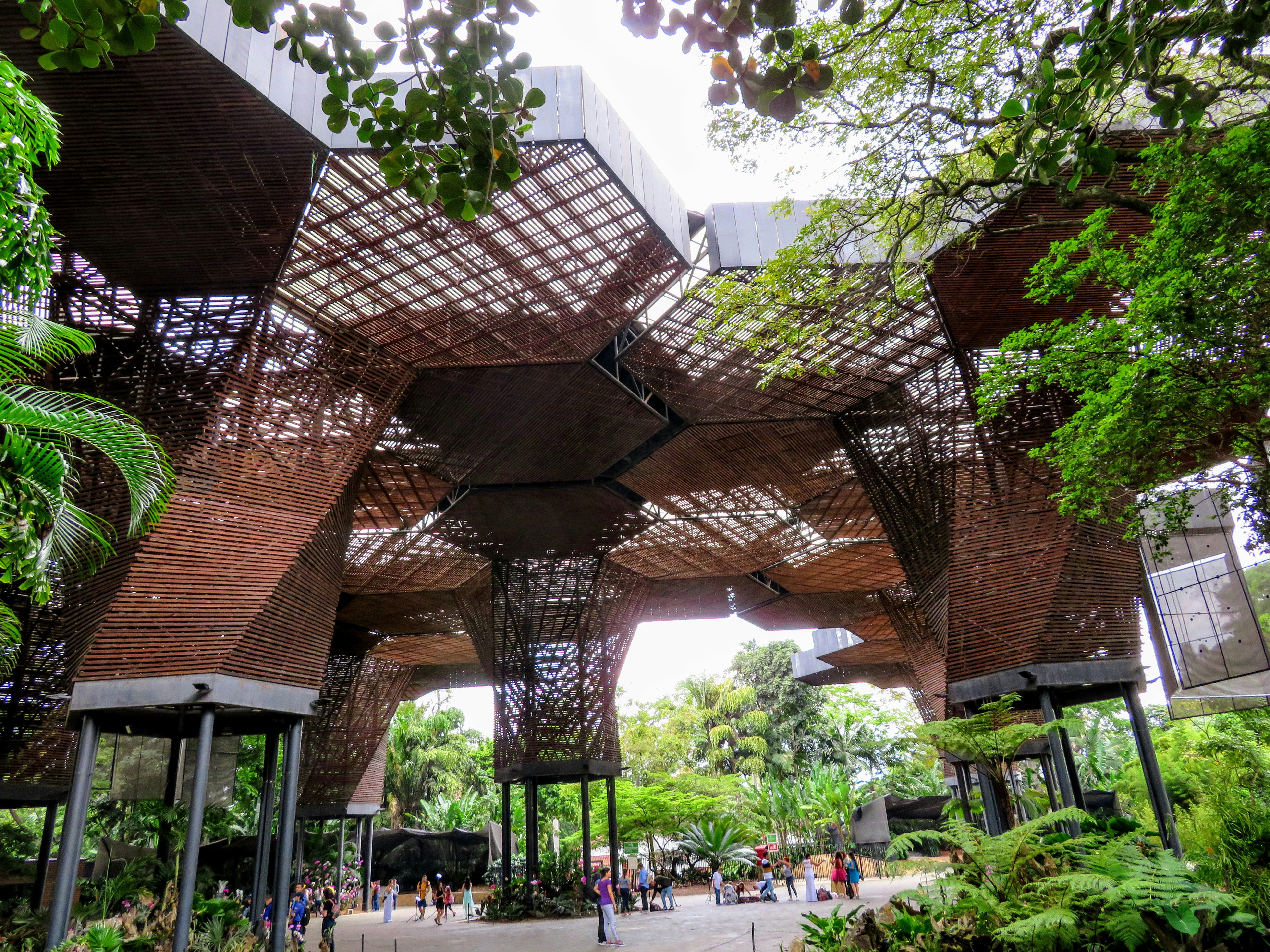Solarpunk in Architecture: The Intersection of Art, Technology, and Sustainability
Apr 15, 2024
Solarpunk in Architecture
As the planet battles environmental challenges like deforestation, pollution and global warming, sustainable architecture is now more important than ever. Amid these challenges, architects are stepping up as change ambassadors. They are paving a path toward a sustainable future by combining harmony with nature, technology, and sustainability.
Motivated by community resilience and eco-friendly practices, Solarpunk Architecture aims to create a more equitable, accessible, and sustainable future. This avant-garde philosophy is revolutionizing architectural and urban design. It focuses on ensuring the harmonious integration of nature and people.
Solarpunk-based projects are gaining popularity around the world, creating captivating layouts that show sustainable practices and futuristic aesthetics. Let’s explore the concept of solarpunk in architecture, what it involves, and how this innovative vision affects our future.
What is Solarpunk?
Picture this: a universe where nature, people, and technology coexist smoothly. A world where lush green spaces thrive and sustainable architecture and renewable energy are the norm. This captivating vision forms the basis of Solarpunk. As this movement became more popular, various designers and architects began to resonate with the innovative principles.
Solarpunk focuses on regenerating reality by providing solutions to our current challenges. Such challenges are like the concerns of climate change and dynamic urbanization. It leans towards recovering and integrating uncommon technologies with more contemporary ones. Doing so fosters harmony between nature and technology.

Medellín, Colombia. Photo by Oneil Williams
Solarpunk in Architecture
Solarpunk in architecture combines sustainability and biomimetic designs. It takes inspiration from elements and patterns in nature to develop highly efficient buildings that exist harmoniously with the environment. The buildings incorporate sustainable materials and green technologies, such as water recycling and solar energy.
But Solarpunk architecture extends past buildings. It involves a broader strategy that includes:
Production practices
Responsible consumption
Accessible and clean energy
Sustainable food systems
This strategy prioritizes and highlights the essence of sustainable communities and cities. It encourages innovation, collaboration, and creativity to foster an inspirational vision of the future. It shows that a reality where nature and technology coexist in harmony can come true.
Key Elements of Solarpunk Cities
Solarpunk predicts a sustainable future, offering an alternative, hopeful, and positive vision of what our future looks like. Although there are no specific guidelines, solarpunk depicts man-made landscapes integrating into nature with renewable technologies.
Solarpunk cities leverage advanced technology but are not too complex. They adopt technological innovations that work in harmony with nature. Instead of the car-centric infrastructure we see in urban areas, these cities prioritize the well-being and needs of the environment and the people in it.
The vital aspects of solarpunk include the use of organic forms and decorations, sustainable architecture and technology, and thriving nature. Well-thought-out SolarPunk cities have something in common, which is a commitment to:
Use renewable energy sources exclusively
Combine animal habitats and plant life with public spaces
These cities exist on the basis that community-oriented and eco-friendly architectural practices can transform cities into resilient, vibrant and livable communities. Instead of focusing on economic growth and profits, solarpunk in architecture aims to create communities that care about ecological health and well-being.
We can have agrarian communities that acknowledge nature’s regenerative power. Buildings come alive with various shades of green, depicting lush flora and fauna. Architectural structures embody vertical forests with no shortage of vital insects and birds.
One of the most significant solarpunk goals is to minimize a city’s carbon footprint. We can achieve this by adopting renewable energy sources like geothermal, wind and solar power. This can involve using geothermal power to cool and heat buildings, wind turbines to produce electricity, and solar panels installed on rooftops.
Solarpunk architecture also prioritizes developing livable communities that emphasize health. Creating such communities can involve designing green spaces such as urban forests, community gardens and parks.

Eden Project, Photo by Pascal Bullan
Technology and Sustainable Architecture
The architectural design in Solarpunk widely varies. Although solarpunk is primarily nature-focused, there’s no ignoring the key role that technology plays in advancing civilization. The featured technology can be as simple as hydro-powered streetcars and sailboats or as futuristic as floating walkways. However, all technology used relies on renewable sources of energy, such as kinetic, wind and solar energy.
Solarpunk innovation leverages existing infrastructure to come up with new variations that don’t leave a footprint on our environment.
Organic Forms and Decorations
Organic architecture utilizes curved lines to mimic existing forms in nature instead of angular or sharp architecture. Designers imagine a world of massive greenhouses and tree-shaped buildings. Such structures easily blend into nature with minimal intrusion. Ornaments like floral forms and whiplash lines fit perfectly in these environments.
The Role of Architects in Solarpunk
Architects play a vital role in designing and curating our planet’s sustainable future. They have a unique ability to influence the way we interrelate with nature by shaping our work and living spaces. These professionals can be champions of positive change by adopting the strategies of sustainable architecture.
For instance, architects can help ensure a sustainable future by designing environmentally conscious and energy-efficient buildings. They can integrate renewable energy sources into the design, such as geothermal systems, wind turbines and solar panels. Getting power from such sustainable sources forges a path to a greener future by reducing the carbon footprint.
Architects can also embrace innovative design strategies that focus on natural shading, ventilation and lighting. These strategies reduce the need for artificial temperature control, air conditioning and light. They lower energy consumption and enhance the well-being of the residents.
Ultimately, architects have an impressive capacity to integrate aesthetics and functionality to produce visually appealing designs with an element of sustainability.
Sustainable Architectural Designs
Creating sustainable architecture requires a holistic and comprehensive strategy. Architects can implement various approaches to design buildings that show resilience and sustainability. Some key strategies that may apply are such as:
Energy-Efficient Designs
Adopting passive solar techniques that use natural ventilation and lighting is an excellent way to ensure designs are energy-efficient. This principle elevates comfort and leads to significant energy savings since there’s less need for artificial air conditioning and light.
Architects can design attractive, functional and sustainable spaces that exist in harmony with Mother Nature.
Renewable Sources of Energy
Intuitive and creative use of renewable energy is a captivating aspect of solarpunk architecture. It advocates for respect for and harmonious existence with nature instead of dominating over it.
Solarpunk motivates us to explore different ways we can use technology to better our future while preserving nature. The idea is to create self-sufficient and sustainable communities that get energy from renewable sources, that is, geothermal heat, water, wind and the sun.
Architects can help design a place that seamlessly incorporates landscapes and cityscapes. A world where geothermal plants, rainwater harvesting systems, wind turbines and expansive solar farms are the norm.
In solarpunk architecture, there's more to renewable energy than just powering our cities and homes. It's a lifestyle that shows we commit to honouring the balance in our delicate ecosystem and minimizing the carbon footprint. It's the best way to ensure a more sustainable and greener future for our future generations. This requires us to reconsider how we relate to nature and why it’s crucial to coexist for mutual benefits.
Architects have the capacity to design buildings and other structures with renewable energy in mind. Such an innovative approach reduces energy costs and minimizes the carbon footprint. It results in a more economically sound and sustainable future.
Sustainable Building Materials
The materials an architect chooses for a building have a significant effect on its environmental impact. Architects can prioritize sustainability by opting for eco-friendly materials like reclaimed wood, recycled steel and bamboo. These materials pave the way for a sustainable construction industry, as they do a great job of preserving natural resources.
Water Conservation
As water becomes more scarce, architects can create designs that emphasize water conservation. It’s possible to seamlessly integrate low-flow and rainwater harvesting fixtures. Such systems help to lower utility bills while minimizing water consumption. Architects can promote future water sustainability by helping to manage this resource in the present.
Technological Advances
The true beauty of Solarpunk architecture lies in its ability to merge nature and the design process. This includes assessing how the design process and building impact the surrounding environment. Sustainable architecture requires using creative strategies to manage climate change and using low-impact materials.
A great example of such a strategy is integrating carbon upcycling technologies into Solarpunk architecture. These futuristic technologies help to trap CO2 (carbon dioxide) before it enters the atmosphere. The collected carbon dioxide gets mixed up with other natural materials to produce T-shirts, paintings and enhanced concrete ingredients.
When used correctly and on a large scale, this process of capturing and storing carbon dioxide can help minimize and eventually control air pollution.
Examples of Solarpunk in Architecture
Solarpunk architecture gets inspiration from different sources, but they all emphasize natural materials and organic forms. Although there are only a few urban plans and buildings that are exclusively solarpunk, some projects adopt ideas and principles that align. Some great examples include:
Masdar City, Abu Dhabi
This planned city focuses on being zero-waste and carbon-neutral. Its innovative design integrates wind energy and solar power to reduce the city's environmental impact.

The Eden Project, Cornwall
The Eden Project demonstrates ecological harmony and sustainable construction. It’s home to a wide variety of plant species from around the world.

Photo by Winston Tjia
Bosco Verticale (the Vertical Forest), Milan
These residential towers show it’s possible to introduce greenery to urban development. They are full of plants, shrubs and trees on the outside, creating the appearance of a vertical forest.

Photo by Angelo Stara
The Crystal, London
This building was Siemens’ initiative towards sustainable cities. It showcases captivating green architecture and is now an exhibition space that embodies eco-friendly urban solutions.

Photo by tom_bullock
Shifting Towards a Sustainable Future
The planet is on the edge of a climate catastrophe and there's no better time to be proactive in creating a sustainable future and reducing our carbon footprint.
Solarpunk challenges us to change our mindset and visualize a future where nature and technology merge seamlessly. We can help create a sustainable future by embracing aspects of sustainable architecture like eco-friendly materials, energy-efficient buildings, water conservation and renewable energy.
